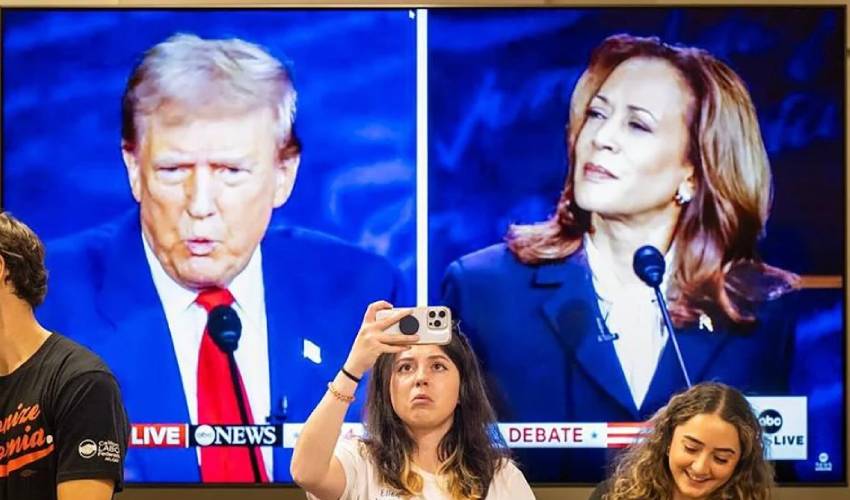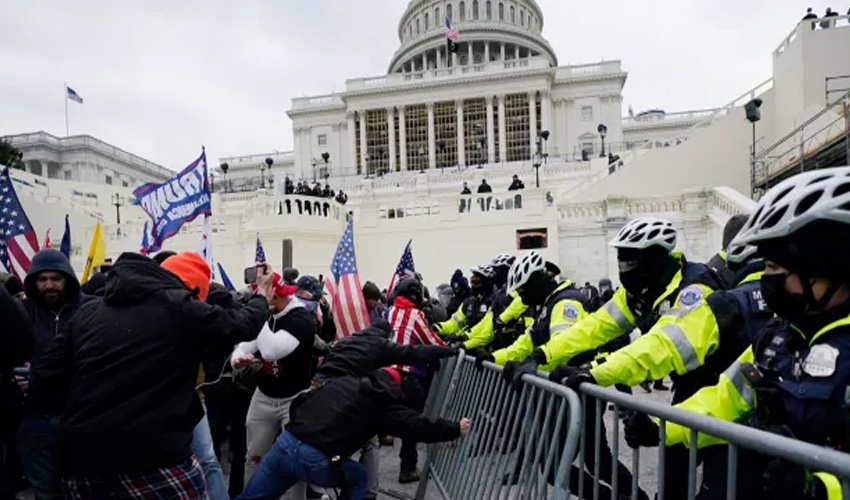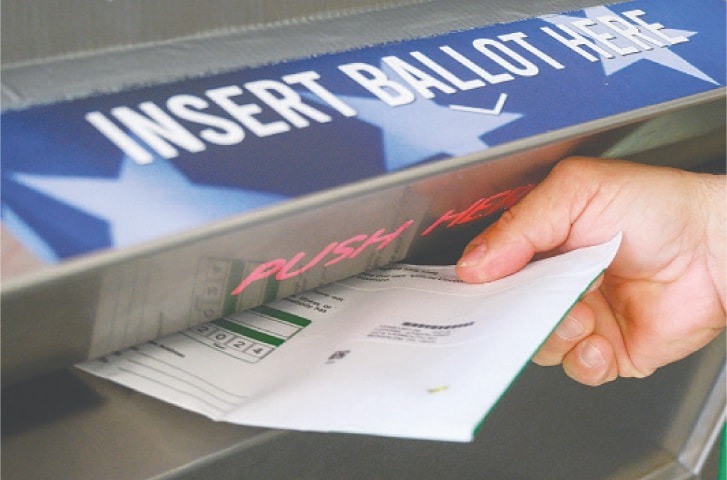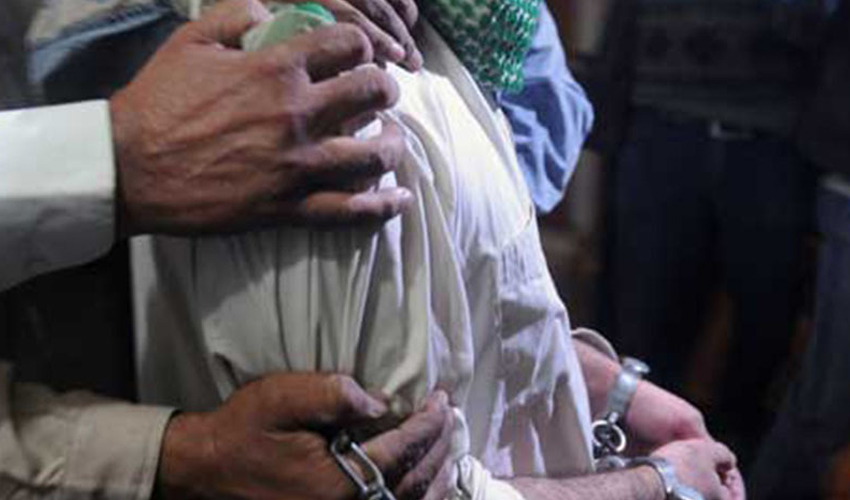As the U.S. presidential election approaches, election officials across the country are bracing for a new wave of misinformation tactics fueled by rapidly advancing generative AI technology. Among these threats, AI-generated deepfake robocalls are emerging as a significant concern, with the potential to disrupt the electoral process and mislead voters in ways that are far less detectable than manipulated videos or images.
Unlike visual deepfakes, which may carry subtle indicators of tampering, audio deepfakes present a greater challenge for detection. With voice manipulation becoming increasingly sophisticated, the average voter may find it difficult to distinguish between authentic messages and fraudulent calls.
This vulnerability was illustrated earlier this year when a robocall impersonating President Joe Biden circulated in New Hampshire, misleading Democrats into believing they should stay home during the primary. This incident resulted in a hefty fine for the political consultant responsible, highlighting the real consequences of such deceptive tactics.
Election officials are particularly concerned about the timing of these calls, which could proliferate just days before the election, leaving little room for public correction. The nature of robocalls—automated messages delivered without a personal touch—complicates matters further, as reports of such calls often rely on individuals recognizing and reporting them. Without proper evidence, election officials may struggle to act quickly or effectively against these misleading messages.
To combat this growing threat, election directors are adopting both technological and traditional strategies. Training sessions have been organized to prepare officials for potential scenarios involving deepfake calls. Strategies include establishing code words among colleagues to verify identities during phone conversations, thereby preventing unauthorized changes to vital election processes.
Moreover, officials are engaging trusted community leaders to help disseminate accurate information and counteract misinformation rapidly. Public awareness campaigns are also underway, with election boards utilizing local media channels to alert the public to the possibility of misleading calls and promote vigilance among voters.
In addition to outreach efforts, election officials are considering how to respond should they themselves be targeted by deepfake calls. Contingency plans involve encouraging officials to hang up on suspicious calls and report them immediately to their offices for verification.
This proactive approach aims to mitigate the risks associated with unauthorized directives that could potentially disrupt voting operations.
The implications of AI-generated misinformation extend beyond mere voter confusion; they pose a fundamental challenge to the integrity of the electoral process. As seen in previous elections, timely and effective responses to misleading information can help maintain public trust. The incidents involving deepfake robocalls serve as a wake-up call for election officials, emphasizing the need for ongoing vigilance and preparedness in the face of rapidly evolving technology.
As the election date draws near, the emphasis on safeguarding the electoral process from these emerging threats cannot be overstated. Ensuring that voters are informed and aware of the tactics used to mislead them is paramount in maintaining the democratic process.
The collective efforts of election officials, community leaders, and the media will be crucial in addressing the challenges posed by AI deepfake robocalls and ensuring that the voice of the electorate is not drowned out by deception.



























